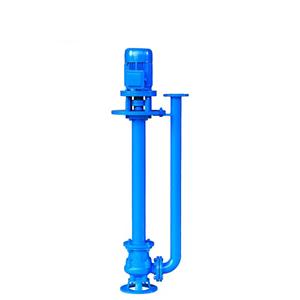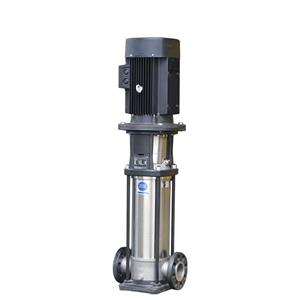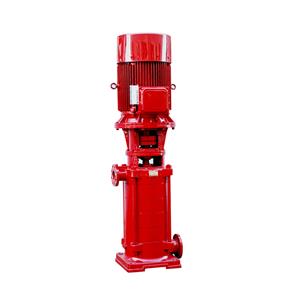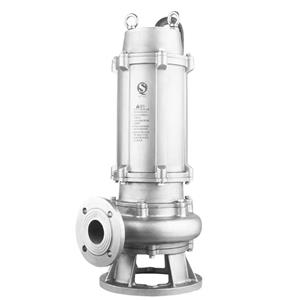-
In summary, a circulation pump can typically run continuously for anywhere from 12 hours to several years, depending on factors such as its design, maintenance, materials, and the conditions under which it operates. Industrial pumps are generally built to operate around the clock, while residential pumps may be designed for intermittent use. The key to ensuring continuous operation for long periods is regular maintenance, ensuring the system is designed with the proper cooling and pressure management features, and using a pump that is adequately rated for the intended application. Understanding these factors helps not only in choosing the right pump for your system but also in maximizing the longevity and reliability of the pump’s operation over time. Regular checks and proper system design can allow for years of uninterrupted service, whether in an industrial plant, a residential heating system, or any other application requiring continuous fluid circulation.
-
Circulation pumps are indispensable in a wide variety of applications, offering a blend of efficiency, reliability, and versatility. With advancements in technology, these pumps are becoming increasingly energy-efficient, quiet, and user-friendly, making them suitable for both simple and complex systems. By understanding their features, you can make informed decisions to optimize your system’s performance and reduce operational costs.
-
Improving the efficiency of chemical centrifugal pumps involves a combination of proper selection, regular maintenance, system optimization, and real-time monitoring. By addressing issues such as wear and tear, cavitation, incorrect pump sizing, and system design flaws, plant operators can significantly improve the energy efficiency of their pumps. In addition, adopting advanced monitoring tools and adjusting operating conditions to match system needs can prevent efficiency loss and extend the lifespan of centrifugal pumps. Ultimately, investing in these solutions not only improves pump performance but also reduces energy consumption, leading to cost savings and more sustainable operations in the chemical industry.
-
The efficiency of chemical centrifugal pumps can be compromised by various factors, including wear and tear of components, cavitation, incorrect pump selection, system design flaws, changes in fluid properties, and operating conditions outside the design parameters. Regular maintenance, proper system design, and careful monitoring of operational conditions are essential for preventing and addressing these issues. By addressing the root causes of efficiency loss, companies can reduce energy consumption, minimize downtime, and extend the lifespan of their pumps, ultimately improving the overall performance of their chemical processes.
-
1211-2024
Technological innovation of sewage pump
The technological innovation of sewage pumps covers many aspects such as materials, structures, intelligent control, high-efficiency and energy-saving design and customized services. These innovations not only improve the performance and reliability of sewage pumps, but also reduce energy consumption and operating costs, making important contributions to environmental protection and sustainable development.
-
Sewage pump pipeline design and optimization is a complex and important process, which requires comprehensive consideration of multiple factors and the adoption of corresponding optimization strategies to ensure the stability and economy of the system.
-
Improving the suction of the sewage pump requires multiple aspects, including optimizing pipeline design, installing auxiliary equipment, adjusting the pump body structure, and taking other measures. In practical applications, the appropriate solution should be selected according to the specific situation to improve the suction of the sewage pump.
-
The basic structure of a non-clogging sewage pump includes motors, pump bodies, impellers, mechanical seals, bearings, inlet and outlet flanges, cables and cable seals. These components work together to enable non-clogging sewage pumps to effectively handle sewage containing solid particles and fibrous matter.
-
The anti-clogging principle of the non-clogging submersible sewage pump mainly relies on its special impeller design, pump body flow channel design, high-quality corrosion-resistant materials, high-quality sealing devices and additional anti-clogging measures.
-
2210-2024
Types of Screw Pumps
There are many types of screw pumps, and the selection needs to be comprehensively considered according to the specific application scenarios and needs.




